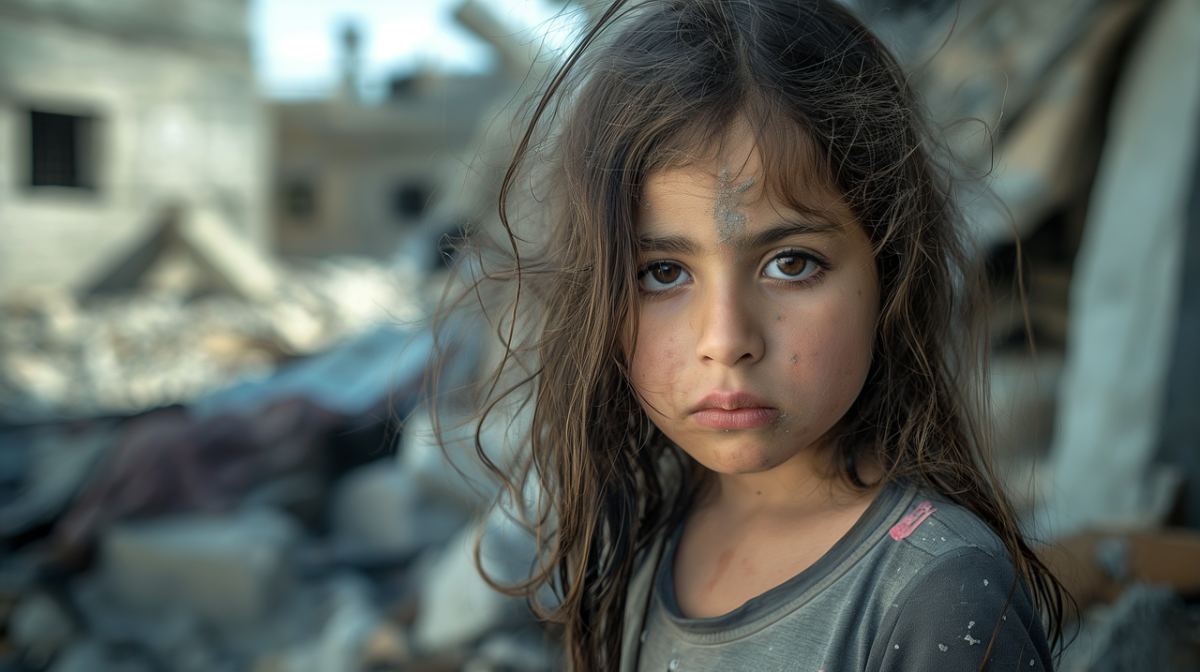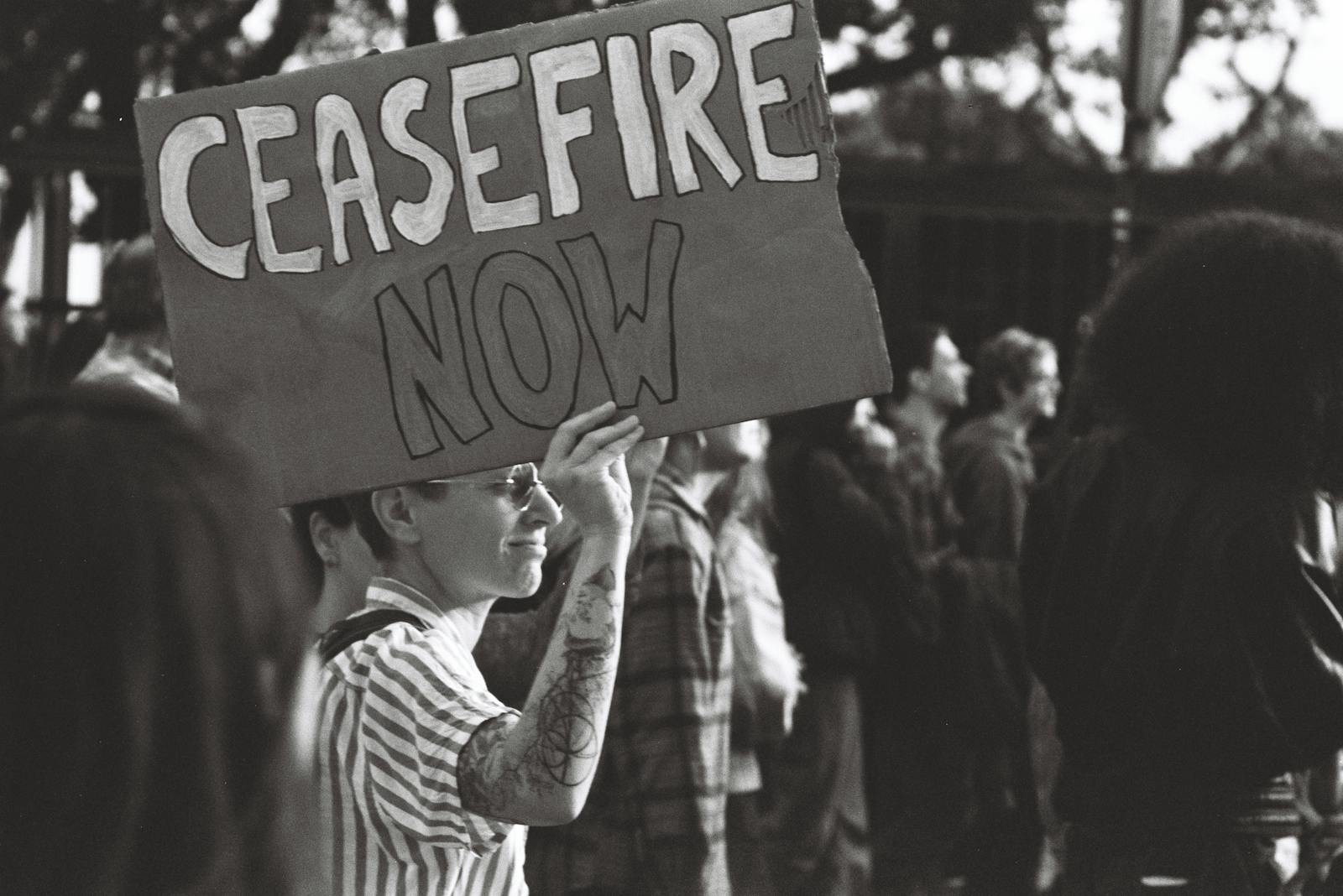The Israel-Hezbollah Accord and Its Ripple Effects
The Middle East, a region marked by decades of unresolved conflicts, finds itself at another critical juncture. A ceasefire has been reached between Israel and Hezbollah, brokered by the United States and France, offering a sliver of hope amidst growing instability. Yet, the agreement raises questions about its durability and broader implications for the region, particularly as the humanitarian crisis in Gaza deepens.
Terms and Challenges
The ceasefire agreement, primarily aimed at halting hostilities along the Israel-Lebanon border, introduces measures such as troop withdrawals from contested zones and an increased presence of United Nations peacekeepers.1 Both sides, however, remain skeptical. Israeli Prime Minister Benjamin Netanyahu has emphasized that any violations will provoke severe consequences, while Hezbollah has warned of retaliation if the terms are breached.2
Brokered by international mediators, including the United States and France, the deal signifies an attempt to contain violence in one part of the Middle East while Gaza remains engulfed in devastation. U.S. President Joe Biden has described the agreement as a potential model for broader peace in the region, while French President Emmanuel Macron has emphasized the importance of diplomatic engagement to prevent further escalation. 3 However, history tempers such optimism, as previous ceasefires have often collapsed under the weight of unresolved grievances and retaliatory actions.4

Why This Ceasefire Matters
The ceasefire is particularly significant given the history of tensions between Israel and Hezbollah. Since the 2006 Lebanon War, intermittent skirmishes and retaliatory strikes have kept the region on edge.5 In recent months, this fragile balance has tipped dangerously closer to full-scale conflict. Hezbollah, citing solidarity with Palestinians amid the ongoing Gaza crisis, has launched repeated attacks on Israeli border positions, including rocket fire and sniper operations. For instance, in late October 2024, Hezbollah intensified its artillery shelling of Israeli military installations near the Shebaa Farms, a disputed territory at the crossroads of Lebanon, Israel, and Syria. In response, Israel escalated its airstrikes, targeting not only Hezbollah fighters but also critical infrastructure in southern Lebanon, including bridges and power stations, significantly impacting civilian life in the region.6
With both sides heavily armed and deeply entrenched in their positions, the ceasefire is not just a pause in hostilities but a critical test of whether diplomacy can prevail over entrenched animosities. Its success—or failure—will likely set the tone for the broader stability of the region, making this moment pivotal not just for Israel and Hezbollah, but for the Middle East as a whole.
Regional and Global Implications
The ceasefire does not address the ongoing crisis in Gaza, where Israeli airstrikes continue unabated following the October 7, 2023, Hamas-led attacks. Humanitarian organizations have reported catastrophic conditions, with over 44,000 Palestinians killed and critical infrastructure decimated.7 Although separate from the Hezbollah agreement, the situation in Gaza casts a long shadow over efforts to stabilize the region.
The involvement of the United States and France in brokering the ceasefire underscores their vested interest in preventing a broader regional war. With Hezbollah backed by Iran and Israel receiving substantial military and economic support from the United States, the potential for escalation into a proxy conflict remains a persistent and dangerous reality. Both nations recognize that unchecked hostilities between Israel and Hezbollah could ignite a wider conflagration, drawing in regional powers and destabilizing the already volatile Middle East.8
Hezbollah’s extensive missile arsenal, capable of reaching deep into Israeli territory, and Israel’s formidable military capabilities create a precarious balance of power. Any breach of the truce could quickly spiral into a larger conflict, potentially drawing in actors such as Iran, a key backer of Hezbollah, and Syria, which has historically served as a staging ground for regional hostilities. 9

Humanitarian Concerns and Legal Accountability
While the ceasefire provides a temporary reprieve from violence in northern Israel and Lebanon, it does not absolve the involved parties of their humanitarian responsibilities or erase the toll of the conflict on civilian populations. International organizations, including the United Nations and Amnesty International, have leveled serious criticism at both Israel and Hezbollah for their actions during the hostilities. Reports of indiscriminate attacks, which have disproportionately impacted non-combatants, and the deliberate targeting of civilian infrastructure have drawn widespread condemnation. While Hezbollah continues to launch attacks on civilian areas, Israeli airstrikes in southern Lebanon have decimated key infrastructure, including bridges and power stations, severing essential services for thousands of civilians and forcing widespread displacement.10
While both sides justify their tactics as defensive measures, the civilian toll tells a different story—one of widespread suffering and loss, with families displaced and communities shattered. The ceasefire, while critical for de-escalation, fails to address these humanitarian grievances or provide a framework for accountability. Without clear commitments to uphold the principles of proportionality and distinction in warfare, and without mechanisms to protect vulnerable populations, the ceasefire risks being seen as a pause in violence rather than a step toward resolving the deeper issues at play. 11
Lessons and Limitations
The ceasefire between Israel and Hezbollah is emblematic of the Middle East’s fraught attempts at peace, highlighting the region’s long history of cyclical violence and fragile truces. Temporary ceasefires, while valuable in halting immediate bloodshed, often serve as mere pauses in hostilities rather than steps toward meaningful resolution. These agreements rarely address the underlying grievances and structural issues that perpetuate conflict, such as territorial disputes, ideological divides, and competing geopolitical interests.
To ensure the durability of this ceasefire, mediators must prioritize a multifaceted approach. Confidence-building measures, such as mutual withdrawal from border areas and increased transparency, are essential for fostering trust and maintaining the truce. Additionally, broader regional engagement is critical, as addressing the grievances of other actors, including Iran and Syria, will help prevent the conflict from reigniting.

A Fragile Hope
The ceasefire between Israel and Hezbollah is a tentative step toward de-escalation in a region defined by volatility, offering a fragile but important opportunity to pause hostilities and explore diplomatic solutions. It highlights the potential for diplomacy to create pockets of stability, even in the most contentious of conflicts, where historical grievances and entrenched animosities have often overshadowed dialogue. Yet, this moment of relative calm remains precarious, as Gaza’s humanitarian catastrophe deepens and broader regional tensions simmer, threatening to reignite violence at any moment.
The global community must seize this fragile opportunity to push for a broader, more enduring peace—one that goes beyond temporary truces to address the systemic drivers of conflict, including occupation, territorial disputes, and the dire humanitarian needs on the ground. Whether this ceasefire becomes a stepping stone to stability or another short-lived reprieve will depend on the willingness of all parties to prioritize diplomacy, acknowledge mutual grievances, and move beyond military solutions toward genuine reconciliation and justice. Without such commitments, this fleeting calm may dissolve into yet another chapter in the region’s long history of unfulfilled peace efforts.





